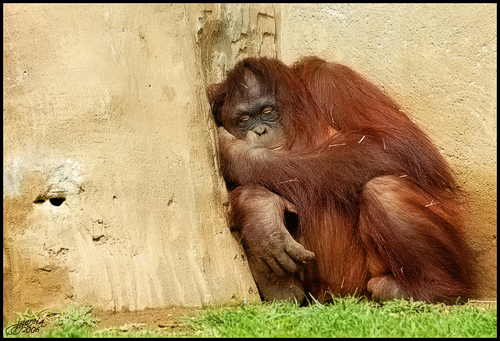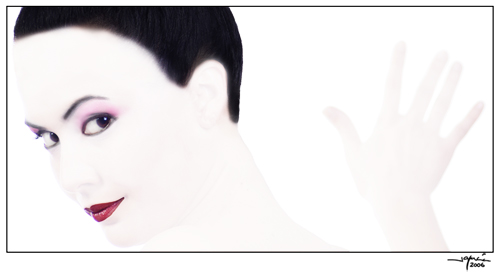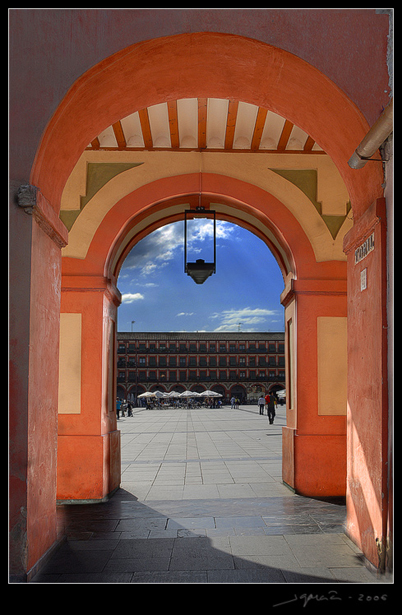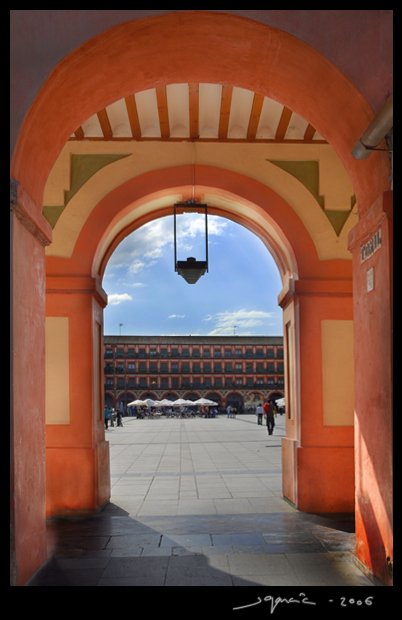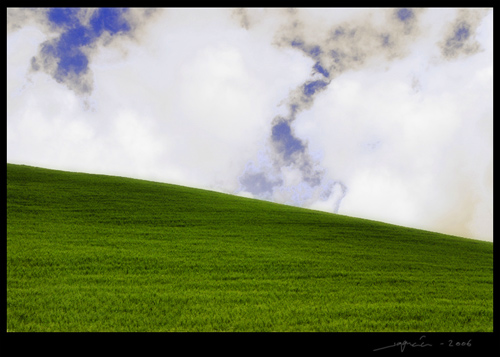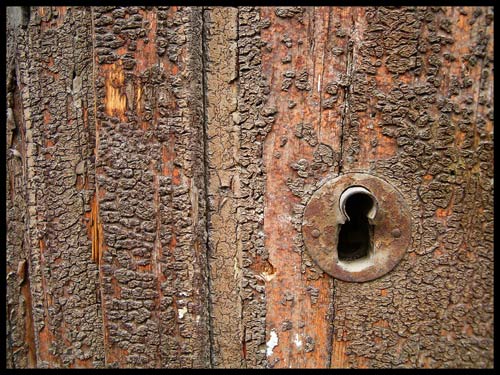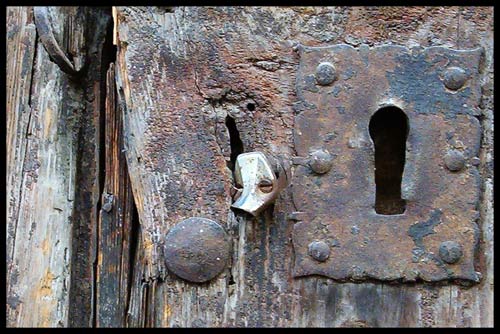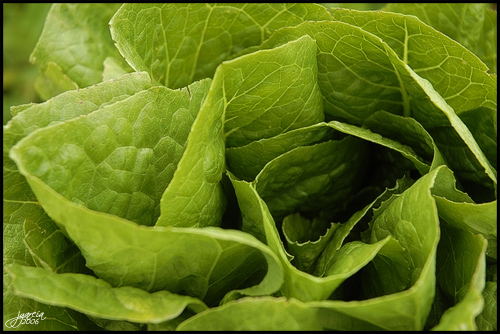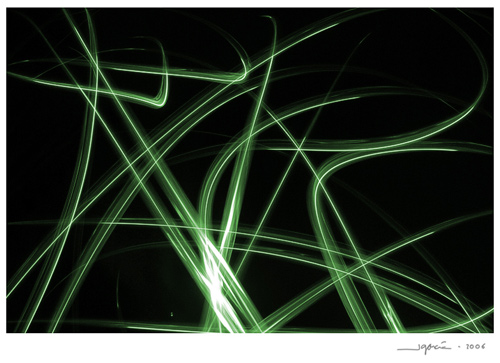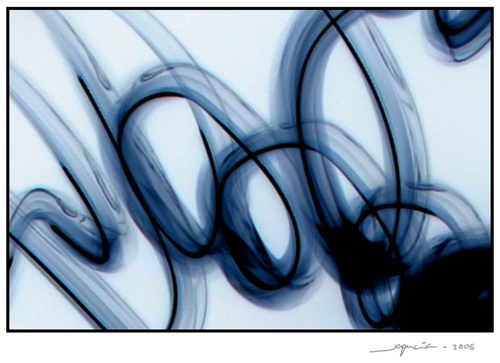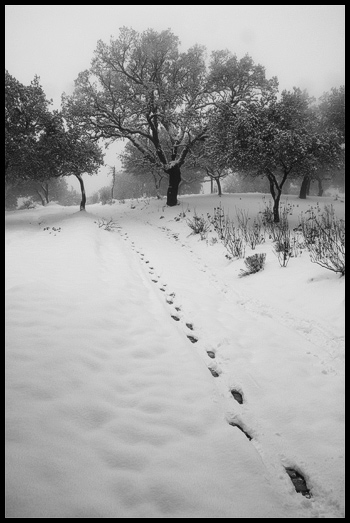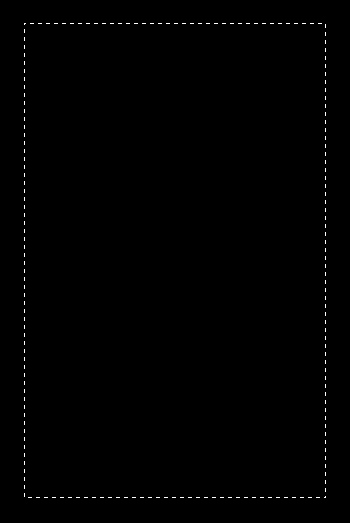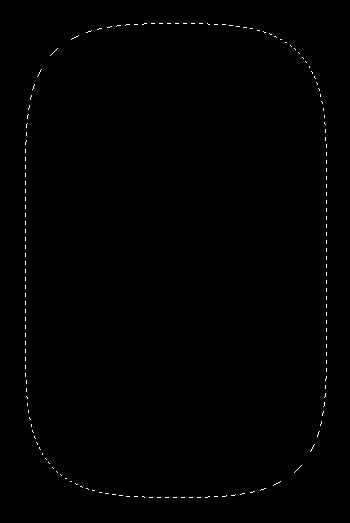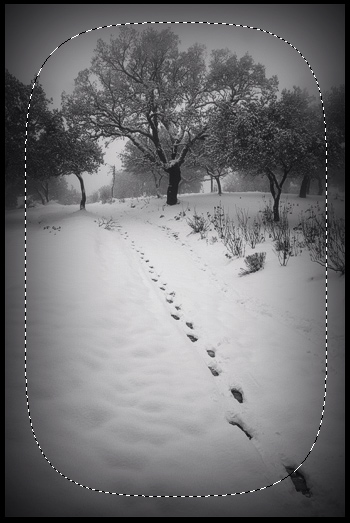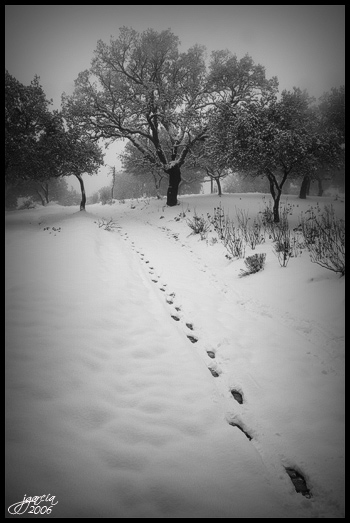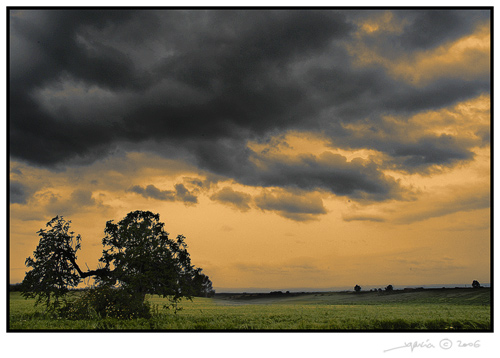Hace unos días se generó una gran polémica con una propuesta de ley que presentó un grupo político español. La finalidad era otorgar derechos humanos a los primates … luego se aclaró que de lo que se trataba era de dictar una ley que no permitiera degradar a nuestros parientes lejanos.
Existe un movimiento en contra de los zoológicos y es razonable. Durante mucho tiempo han sido recintos donde hacinaban a los animales tras unas tétricas rejas.
Gracias a Dios, esto va cambiando. Aunque en la mayoría de los casos para los animales vivir en libertad es la mejor opción, estos establecimientos cumplen con una función divulgadora e investigadora de indudable valor. No olvidemos que especies que están en vías de extinción se están recuperando gracias a la fecundación asistida en algunos zoológicos.
Os presento un orangután del cuidado zoológico de Fuengirola (Málaga) en el que pasé un bonito día la pasada Semana Santa.
A movement exists which is against the existence of zoos and this is understandable. For a long time they have been places where animals were crammed into enclosed cells and kept behind bars.
Fortunately this is changing. Although in the majority of cases life in the wild is the best option, zoos fulfil an important teaching and investigative function of unquestionable value. Let’s not forget that many endangered species are recovering thanks to the help they receive in some zoos.
Here I present an orang-utan from the well cared for zoo of Fuengirola (Málaga – Spain –) in which I spent a lovely day this last Easter.
Para sacar fotografías en zoológicos tendremos que hacer uso de teleobjetivo y puesto que no debemos usar flash, para no molestar a los animales, tendremos que utilizar sensibilidades superiores al ISO 100.
Cámara Nikon D200
Abertura f8
Velocidad 1/250sg
Longitud focal 300mm
ISO 200
